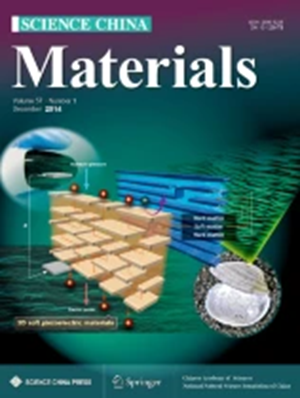A biomimetic magnetically responsive scaffold with tunable and stable compression for dynamic 3D cell culture
Abstract
Magnetically responsive scaffolds are extensively utilized in tissue engineering for their ability to simulate dynamic three-dimensional (3D) cell microenvironment in a rapid, reversible, and contactless manner. However, existing magnetic scaffolds struggle to provide tunable dynamic compression comparable to natural tissues due to the weak magnetism of magnetic nanoparticles and the mechanical brittleness of hydrogels. Here, we propose a biomimetic 3D magnetic scaffold offering tunable and stable magnetically induced compression for dynamic 3D cell culture. By employing hard magnetic particles NdFeB@SiO2 and a mechanically stable elastomer, Ecoflex, the scaffold achieves 15% compression in the magnetic field (240 mT). Moreover, this magnetic scaffold demonstrates remarkable deformation and mechanical stability during 4000 compression cycles. The magnetic scaffold exhibits stiffness (0.78 kPa) and viscoelasticity (relaxation time of 17 s) similar to adipose tissue. Notably, it is verified that human adipose-derived stem cells (hADSCs) are successfully cultured in this magnetic scaffold and the proliferation of hADSCs can be modulated by magnetically induced dynamic compression. This magnetic scaffold for dynamic 3D cell culture can be potentially utilized in cell biology and tissue engineering.

 求助内容:
求助内容: 应助结果提醒方式:
应助结果提醒方式:


